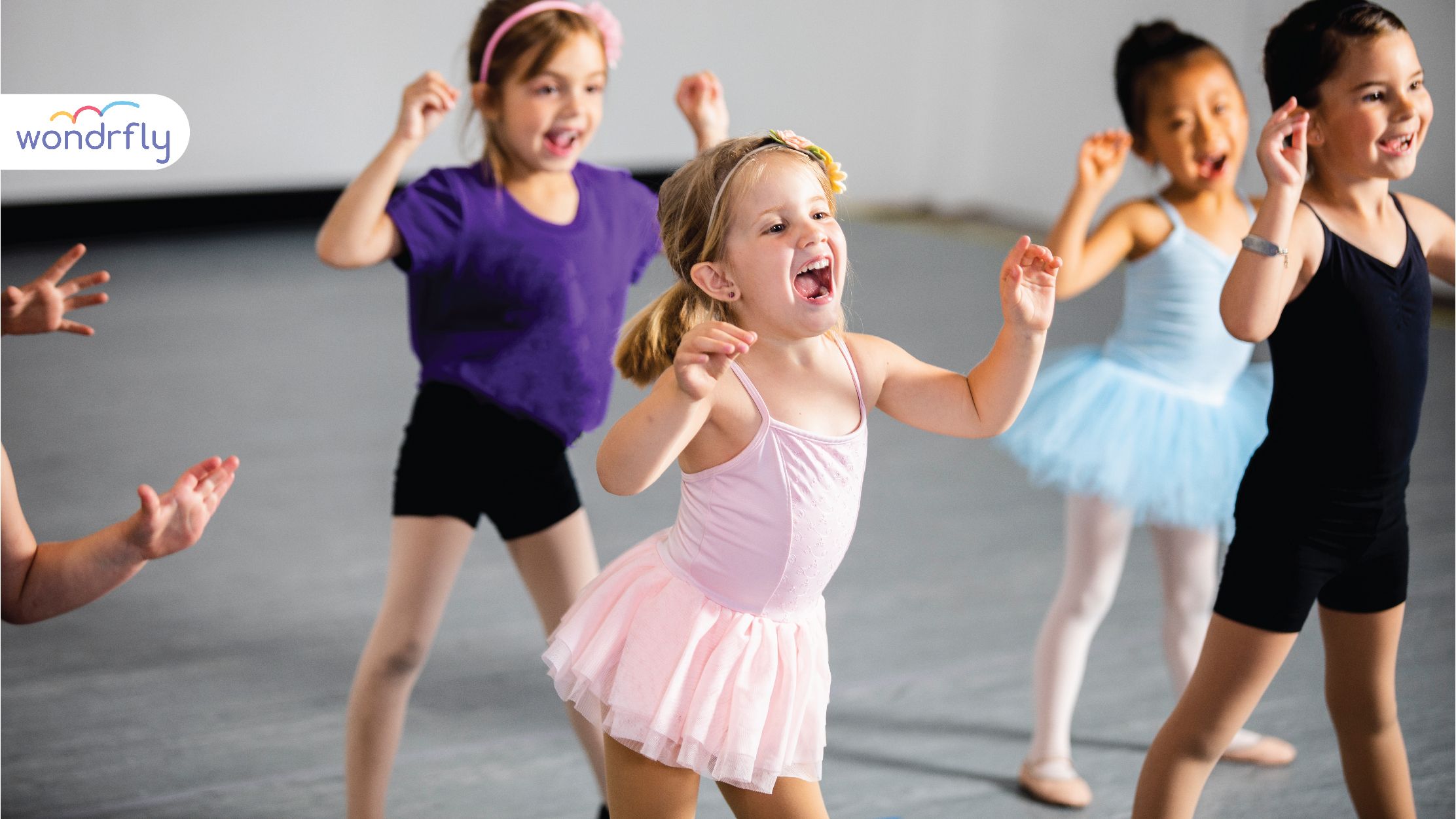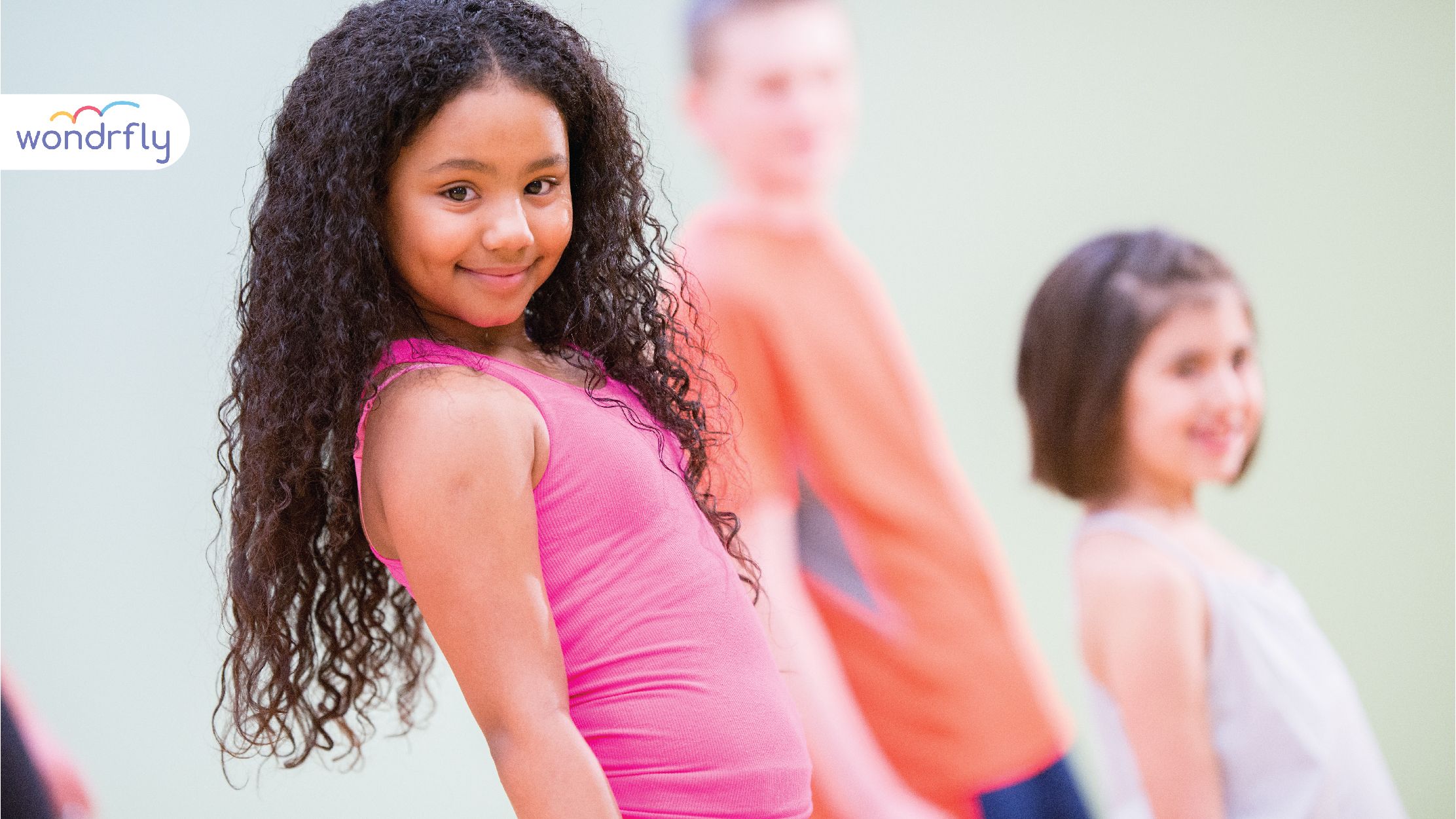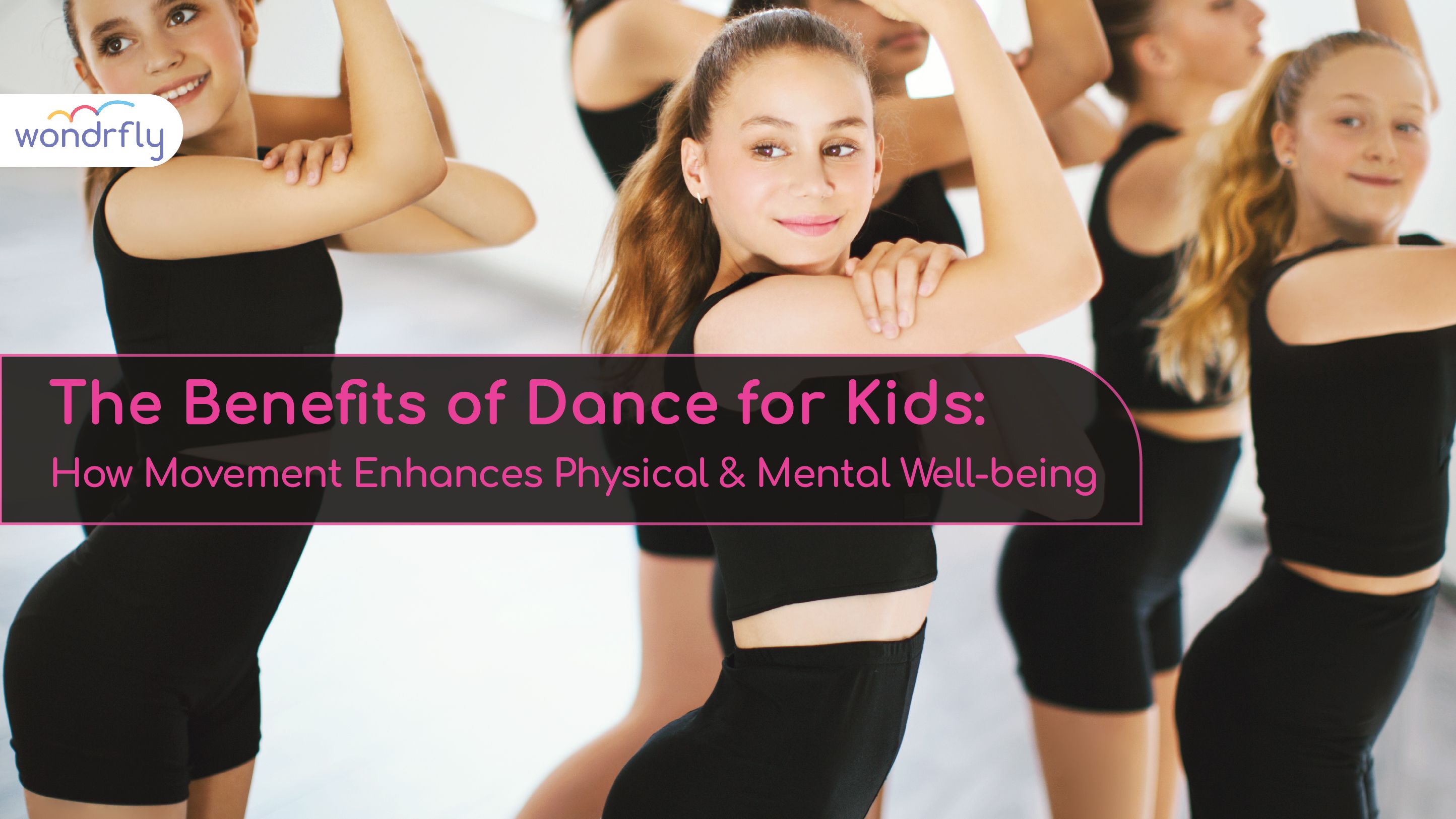Introduction:
In a world buzzing with screens and gadgets, finding the right extracurricular activity for your child can be a challenging task. While there are numerous options, one activity stands out for its holistic impact on a child's well-being – dance. Beyond its artistic expression, dance brings a myriad of benefit of dance in mental health and physical health, making it an ideal choice for parents seeking a well-rounded activity for their kids.
Dance is more than just moving to music—it's an enriching activity that offers many benefit of dance in mental health. Whether it's ballet, hip-hop, or jazz, dance classes for kids provide children with a creative outlet while promoting overall well-being. In this article, we'll delve into the exciting world of dance and explore 10 benefits of dance, focusing on how it positively impacts kids' lives.
Fun Fact:
Did you know that the longest conga dance line ever recorded consisted of 119,986 participants? This massive dance line took place in Miami, Florida, in 1988, showcasing the power of dance to bring people together and create a sense of community.
Physical Fitness in Motion:
Dance is a fantastic way to keep children active. In a world where sedentary habits are on the rise, dance classes for kids provide an engaging alternative. Through various movements, jumps, and stretches, children develop strength, flexibility, and endurance. Regular participation in dance helps improve cardiovascular health and motor skills, laying the foundation for a healthy lifestyle. From ballet to hip-hop, dance helps improve flexibility, strength, and endurance. It encourages cardiovascular health, contributing to overall physical fitness.
Coordination and Motor Skills:
Dance is not just about moving to the beat; it's about mastering intricate steps and sequences. The repetitive nature of dance routines enhances coordination and refines motor skills. These skills learned in dance classes for kids can extend to other areas of a child's life, fostering better coordination in sports, academics, and daily activities. As they learn different dance routines and techniques, kids improve their spatial awareness and agility, which can translate into better performance in other physical activities.
Also Read: Learning Activities for Kids- wondrfly
Boosting Confidence and Self-Esteem:
Dance classes provide a supportive environment where children can express themselves freely. Mastering new dance steps and performing routines in front of others boost their self-esteem and confidence. Over time, kids develop a sense of pride in their abilities, helping them tackle challenges with a positive attitude. Performing in front of an audience, whether in a recital or a casual setting, builds self-esteem. The positive reinforcement received from instructors and peers during dance classes contributes to a child's sense of accomplishment and self-worth.
Emotional Expression and Creativity:

Dance encourages creativity and imagination in kids. Dance is a unique form of self-expression, allowing children to convey emotions through movement. Whether it's joy, sadness, or excitement, dance provides a healthy outlet for emotional expression. This emotional release fosters creativity and helps children develop a deeper understanding of their feelings.
Also Read: Creative Activities for Kids- wondrfly
Social Skills and Teamwork:
Enrolling your child in dance classes introduces them to a new social setting. Dancing often involves group activities, encouraging teamwork and cooperation. Children learn to work together, support their peers, and build lasting friendships. These social skills are invaluable in various aspects of life, including school and future workplaces.
Stress Relief through Rhythm:
Dance is a rhythmic and fluid activity that can be incredibly soothing. The repetitive nature of movements, combined with the music's beat, has a calming effect on the mind. This makes dance an effective tool for stress relief, helping children unwind and manage the pressures of school and other activities.
Cognitive Benefits and Memory Enhancement:
Learning dance routines requires concentration and memorization. The combination of physical movements and mental engagement stimulates cognitive function. Children develop better memory retention, enhanced focus, and improved learning skills. These cognitive benefits extend beyond the dance studio into academic pursuits.
Posture and Body Awareness:

Dance emphasizes good posture and body awareness. Through the practice of various dance forms, children learn to carry themselves with grace and poise. This awareness extends to everyday activities, promoting better posture and overall body alignment. Such habits contribute to long-term musculoskeletal health.
Time Management and Discipline:
Regular attendance at dance classes instills discipline in children. Following a set schedule and committing to practice routines require time management skills. These skills, cultivated through dance, become valuable assets as children grow and face increasing responsibilities in academics and other activities.
Lifelong Appreciation for the Arts:
Introducing children to dance at a young age instills a lifelong appreciation for the arts. Whether they pursue dance as a hobby or not, exposure to the creative world of dance enriches their cultural understanding. It opens the door to a world of artistic expression, fostering a love for creativity that can last a lifetime.
FACT: The youngest person to ever tap dance professionally was Baby June Havoc, who started performing at age 3!
